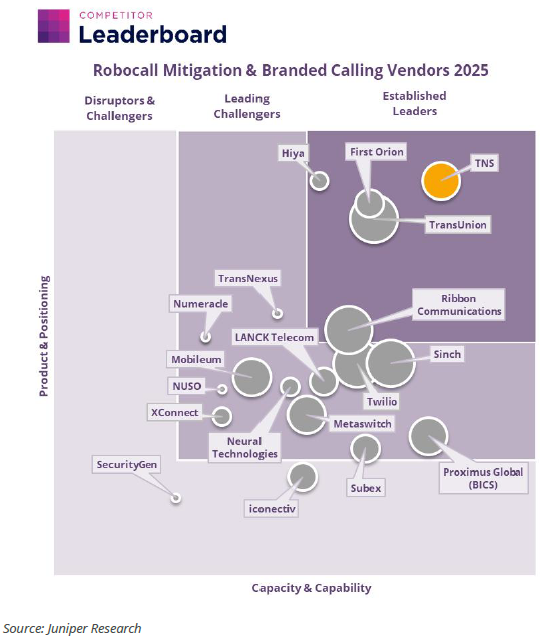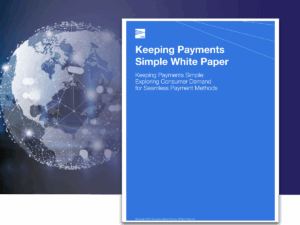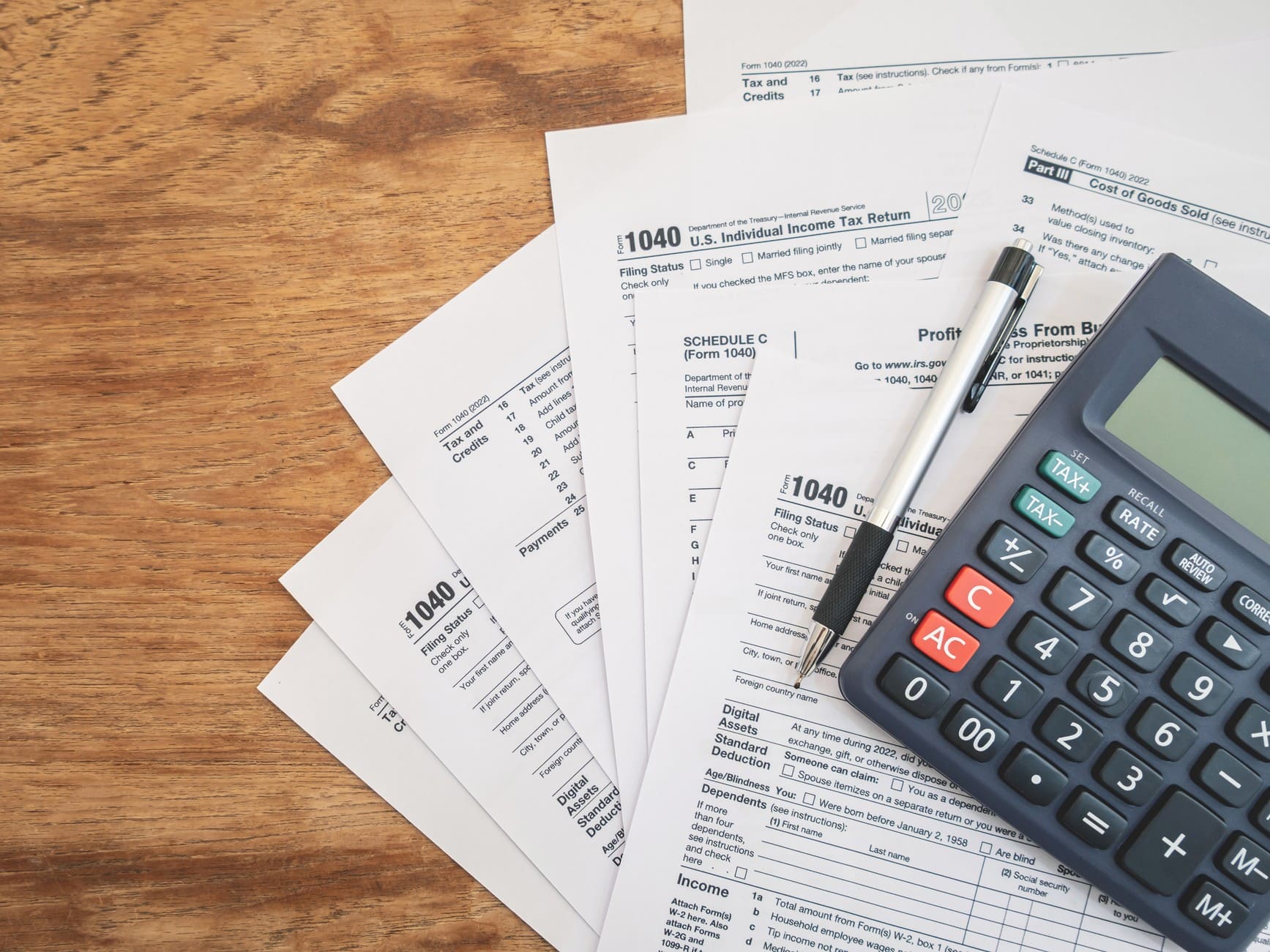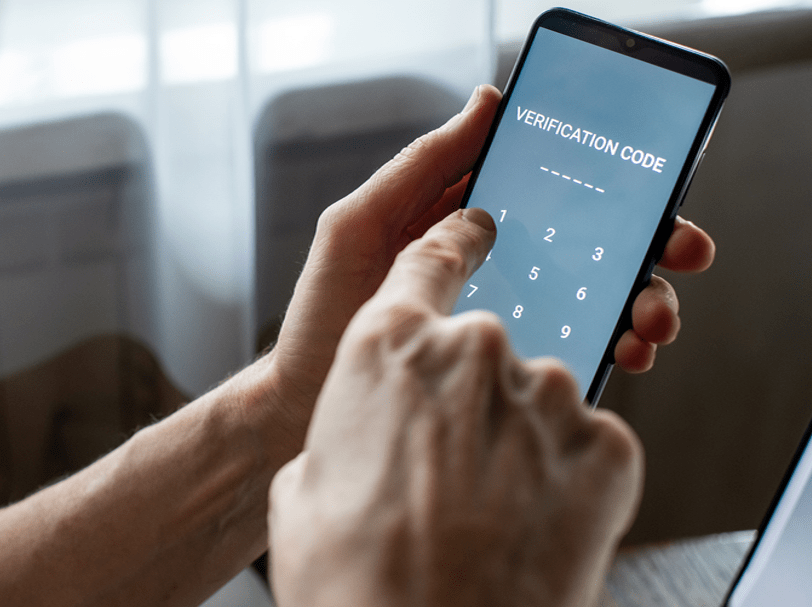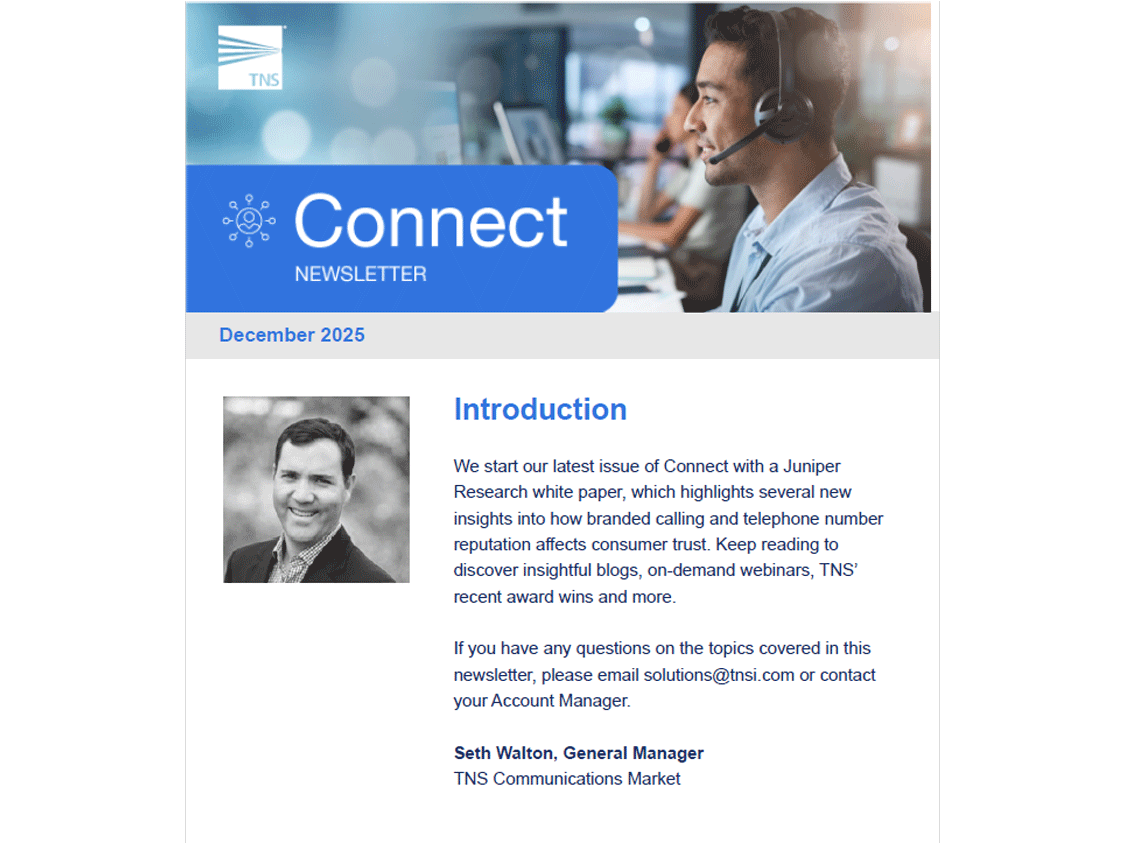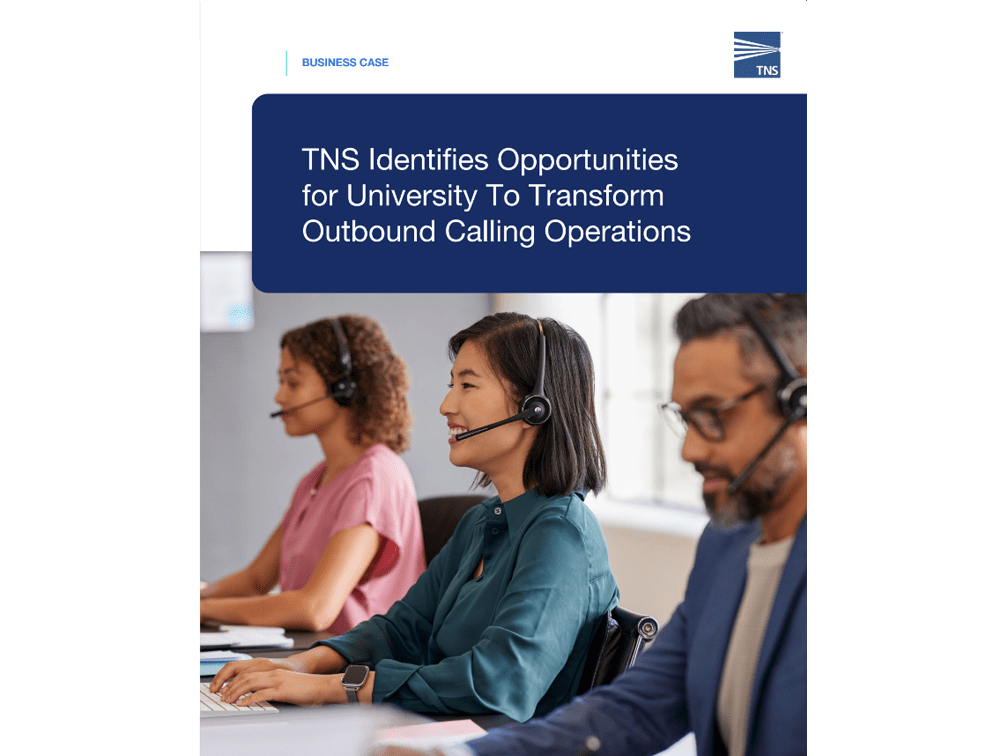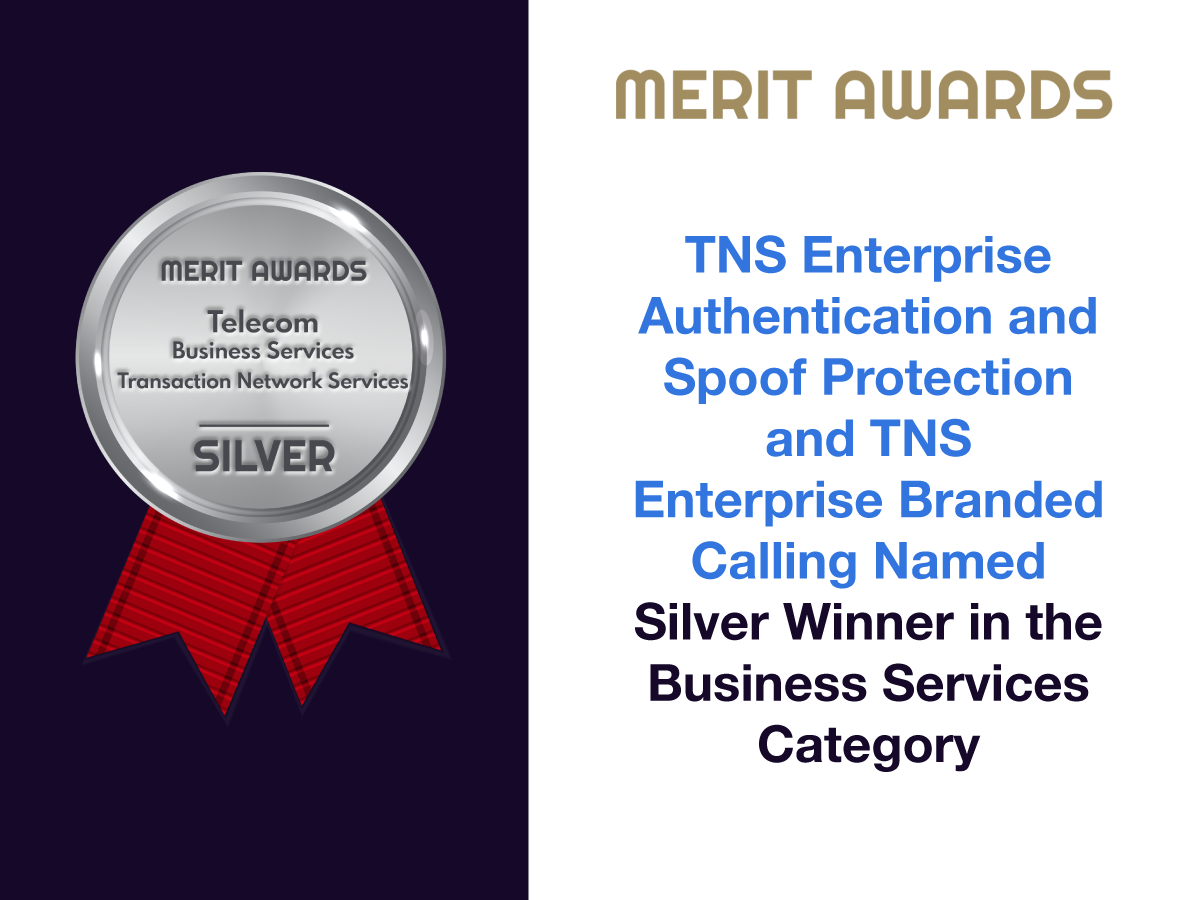Lottery and Sweepstake Scams Targeting Unlucky Americans
Sweepstake scams are targeting unlucky Americans with the promise of life-changing sums of money, only if they pay the “taxes”. Lottery and sweepstake scams that have been reported often impersonate legitimate sweepstake companies to con their targets into believing their “windfall” is real.
What Are Lottery and Sweepstake Scams?
Lottery and sweepstake scams see bad actors impersonating legitimate lottery and sweepstake companies in order to dupe their targets into paying the “taxes” on a large sum of money that they will win once the payment has been made. These fake sweepstakes sound like a stroke of luck, however victims of this scam feel anything but lucky.
A Connecticut man was contacted as part of a lottery and sweepstake scam and informed he had won $9.6 million in prize money, but there was a catch. In order to collect the prize, he had to pay “taxes” resulting in almost $300,000, which was lost to the scammer.
How do Lottery and Sweepstake Scams Work?
Scam sweepstakes often impersonate legitimate sweepstake companies, leading to a more believable scam. In the case of the Connecticut man, the scammer that called him was a woman claiming to be associated with Publishers Clearing House (PCH). PCH is a known and legitimate sweepstake company who is famous for their large “prize patrol” cash rewards and unfortunately is a common name that is mentioned in the lottery and sweepstake scams that have been reported.
The scammers will contact their targets with messages such as this one.
How to Spot Lottery and Sweepstake Scams
If lottery and sweepstake scams are impersonating legitimate lottery and sweepstake companies, how can these scams possibly be identified? Don’t worry, there are many ways to tell, even if they mention a legitimate company name:
- The caller asks you to pay a fee or tax to receive your prize
- The caller claims you can pay to increase your chances of winning
- You are contacted unexpectedly about a prize for a draw you haven’t entered
- The caller asks you to open a bank account and deposit funds
- The caller asks you for any personal information such as a bank account number, credit card or social security number
Lottery and sweepstake scams also use texts, email, and direct message via social media to run these scams so stay vigilant on all communications. They may also use other companies names like Reader’s Digest or fake names such as “National Sweepstakes Bureau”.
How do I Protect Myself From Lottery and Sweepstake Scams?
Lottery and sweepstake scams may contact people out of the blue claiming that they have won millions of dollars, and it sounds too good to be true because that’s exactly what it is. To win the lottery or a sweepstake, you must enter. If you haven’t entered, then you know it’s a lottery and sweepstakes scam contacting you.
However, if you have entered a prize draw and are uncertain if the call or message you’re receiving is legitimate, here are a few steps to help you out:
- Make sure you research the company claiming to call you. If you are unsure of the legitimacy of a call or message claiming to be from them, contact them directly. Not only are you protecting yourself, but by making the company aware, you may be protecting others.
- Legitimate lottery and sweepstake companies will never ask for payment in order for you to receive your prize. Nor will they ever ask for money in order to win a larger prize.
It is best practice to never engage with unknown numbers and report phone numbers being used by scammers to your carrier. If you believe you are the victim of a scam, you can report it to your local police, state Attorney General’s office and the FTC.
Ready to Learn More?
Discover more about how TNS robocall protection services help your subscribers and expand your network.
Robocall Heatmap
Discover which scams are most prominent across the US in our nationwide heatmap that plots the state-by-state picture of scams on a monthly basis throughout 2025.
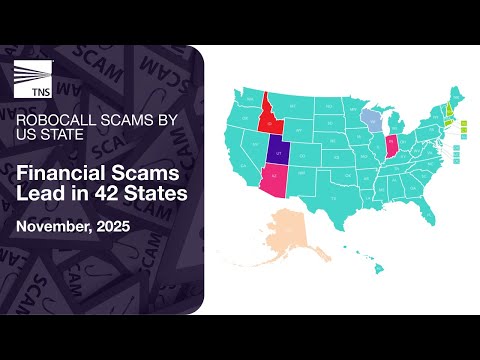
Unwanted Calls Nationwide Snapshot
TNS estimates that more than 105 billion unwanted calls were made in the last 12 months representing a 51.5% increase over the last 12 months versus the previous 12 months. This represents an 68.7% increase from November 2024 to November 2025. Unwanted calls decreased 2.71% from October to November at 11.3B.
Unwanted calls are comprised of nuisance calls and high-risk calls. The severity of harm of nuisance calls are moderate. The severity of harm for high-risk calls is deemed as a major invasion of privacy that can cause emotional distress.
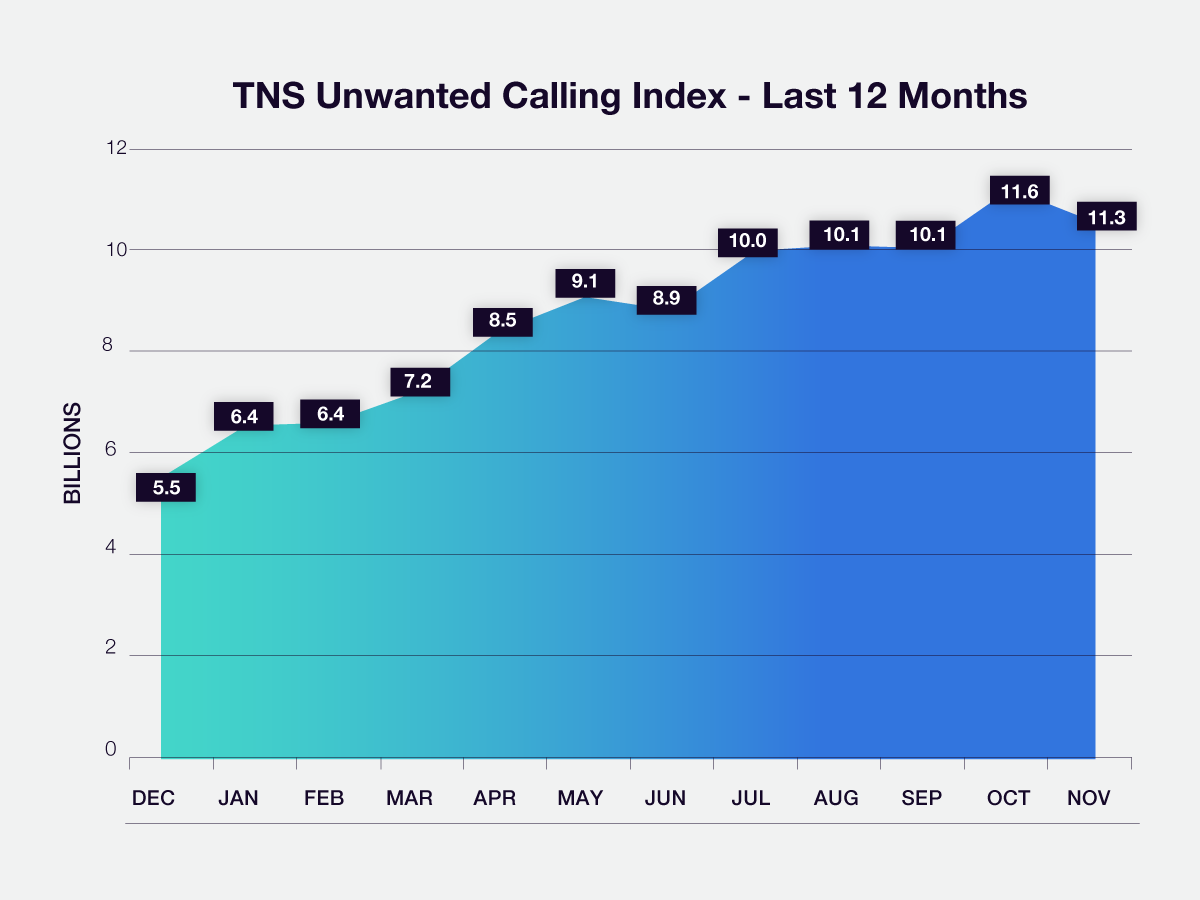
TNS Heatmap of Originating Unwanted Calls
Top 10 Area Codes for Generating Unwanted Calls – October 2025 |
Top 10 Area Codes for Generating Unwanted Calls – October 2024 |
||||||||||||||||||||||||||||||||||||||||||||||||||||||||||||||||||||||||||||||||||||||||
|
|
TNS Unwanted Call Indices
TNS Calling Trust Index – Last 12 Months |
TNS Complaint Index – Last 12 Months |
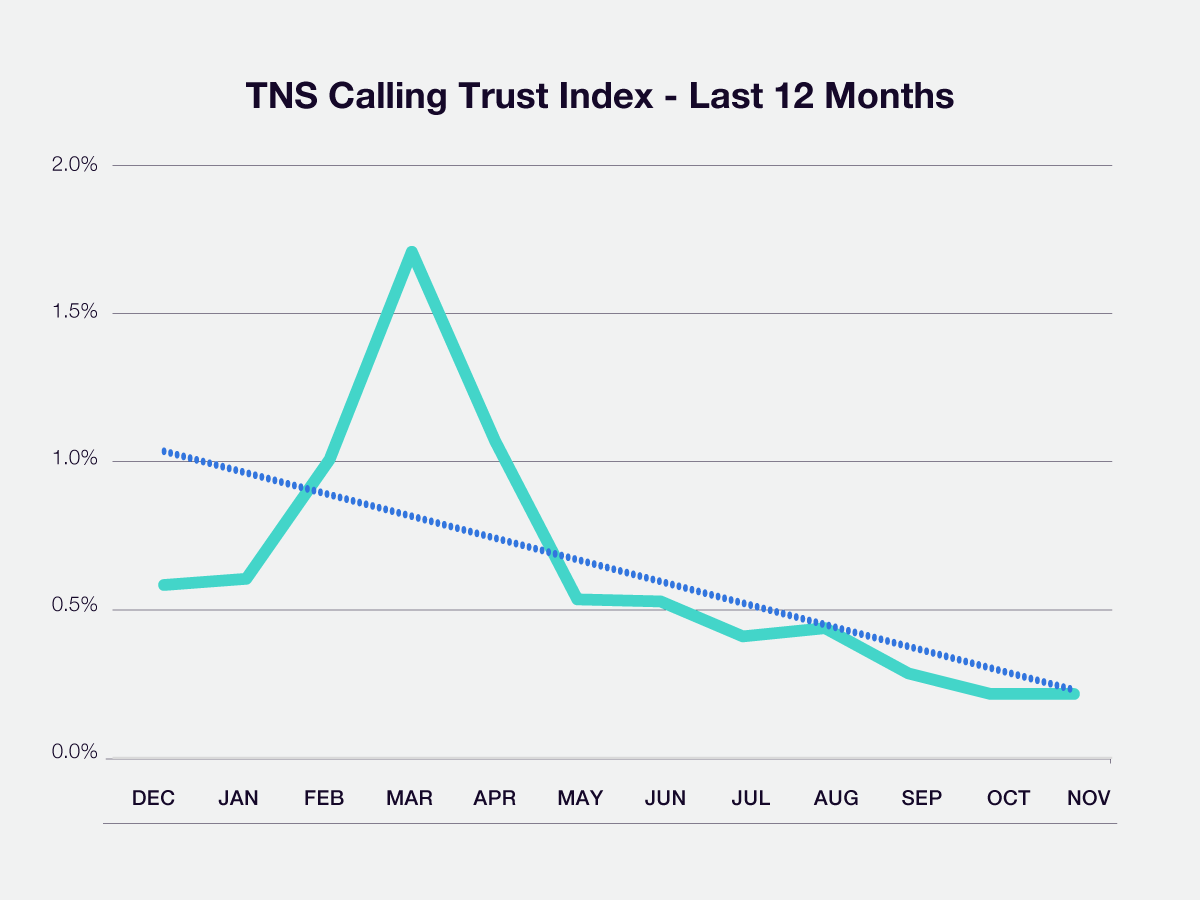
TNS Calling Trust Index is a measure of the crowd-source feedback for the unwanted calls that TNS receives in relation to the total number of calls to a subscriber. The index gives an indication of the consumer trust in voice calling and pulls data from our robocall protection platform TNS Call Guardian®. |

Complaint Index is a measure of the FCC complaints for the Do-Not-Call List in relation to the total number of unwanted calls seen by TNS. The index gives an indication to how many consumers are reporting complaints to the FCC relative to the number of unwanted robocalls they receive. |
Take Action for Robocall Protection, go to: ReportARobocall.com
TNS Call Guardian uses real-time call events combined with crowd-sourced data to create accurate and comprehensive reputation profiles differentiating legitimate users from abusive, fraudulent and unlawful ones. Reporting robocall incidents adds important data making our solutions more robust.
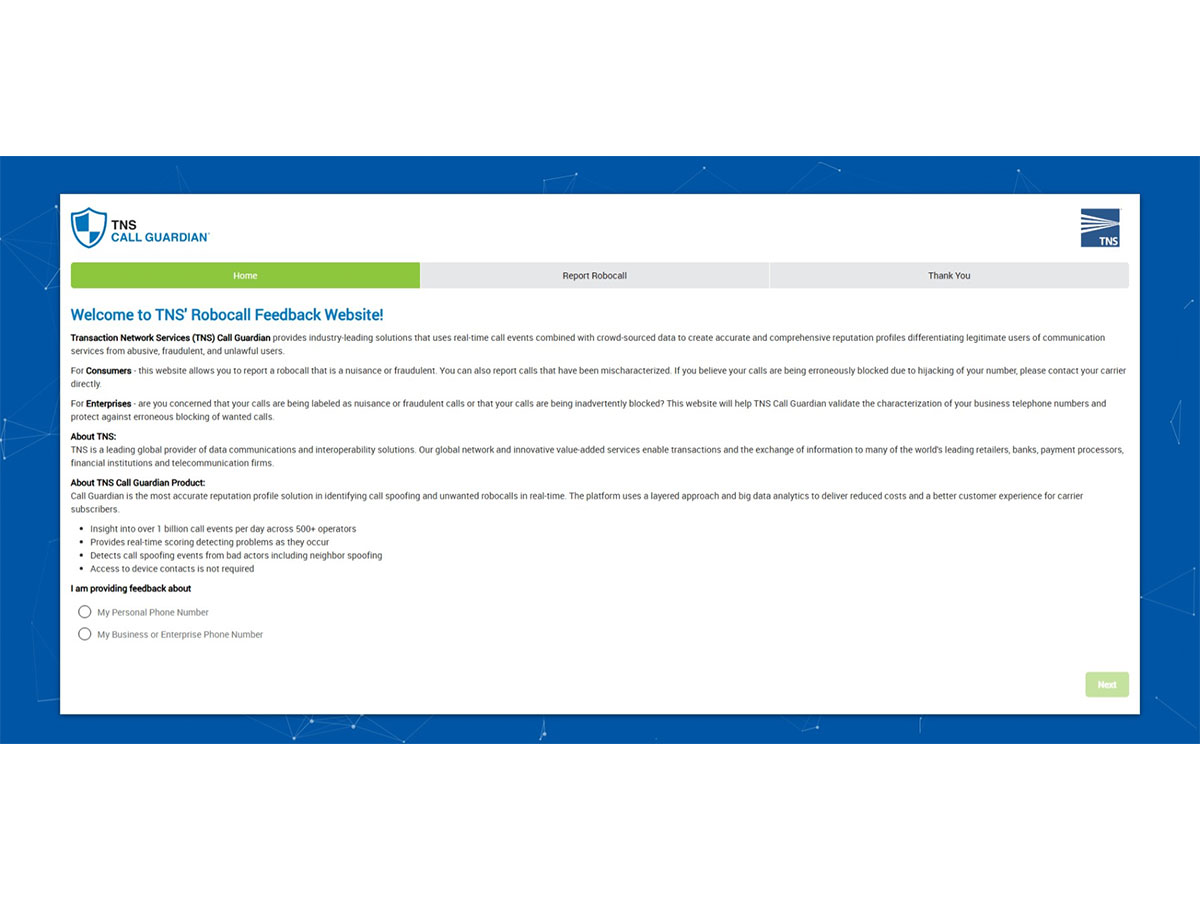
Contact Us
Contact TNS to learn more about how our robocall protection services enhance your reputation and expand your business.
